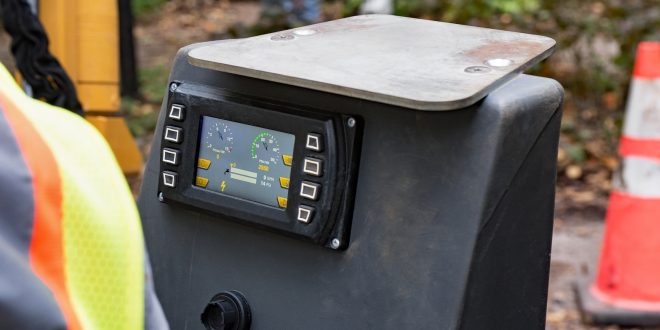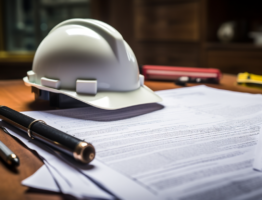Sewer repair is messy business – or at least it used to be. What was once a long, dig-intensive process has been transformed into a minimally-invasive method that is environmentally-friendly thanks to trenchless technology.
While the upfront costs of conventional repair methods are typically lower, trenchless repair methods tend to be the most cost-effective solution in the long-run.
The Problem with Conventional Sewer Repair
Conventional sewer repair involves the digging of trenches to access the pipe. Depending on the location of the problem, trench-digging can tear up an entire yard – or a significant portion of it. The invasive digging can mean the destruction of native plants and potentially trees that are home to local wildlife. It can also mean the destruction of a home’s expensive landscaping.
If the main sewer line needs to be repaired, the digging process is even more intensive and may include tearing up the road and sidewalk to access the pipe. Repairing the sidewalk and road after the repairs are complete will require more manpower and more machinery, which adds to the environmental impact of the project.
The Environmental Benefits of Trenchless Repair
Trenchless repair methods differ from the conventional method, as it does not require extensive digging.
The process starts with a camera inspection. A camera is sent through the pipe to locate the source of the problem. Once the location of the problem has been pinpointed, all that’s left to do is dig a few holes to access the area. Pipe lining methods require one hole, but pipe bursting may require a few more. Each hole can be dug by hand and will not cause extensive damage to the nearby landscaping.
With trenchless repair methods, there is limited use of power tools, which means less dust and debris thrown into the atmosphere.
According to DrainMaster, the repair process is minimally-invasive, so nearby plants and small-animal habitats are protected. Trenchless methods also eliminate large areas of bare soil, which can lead to soil erosion.
When the repairs are complete, homeowners can simply fill in the holes and replace the grass themselves.
The digging of trenches, which is part of the conventional repair method, can sometimes bring toxins to the surface and into the air. That can make the air unhealthy to breathe.
Trenchless repair methods can be applied to residential, commercial and municipal properties. When used for main sewer line repair, the minimally-invasive methods may reduce or eliminate road closures that can cause traffic delays, which only add to the air pollution problem.
Some companies that specialize in trenchless technologies also use equipment that boasts a lower carbon footprint.
With conventional repairs, old PVC or metal pipes are scrapped and replaced with new pipes. But with trenchless technology, an epoxy-resin liner can be set and cured in the existing damaged pipe. Essentially, the liner creates a new pipe within the old pipe, eliminating the need to dispose of the damaged pipe.
Trenchless repair methods may have higher upfront costs, but ultimately, homeowners, governments and business owners save money on landscaping costs, labor and the inconvenience of having to relocate until conventional repairs are complete.




